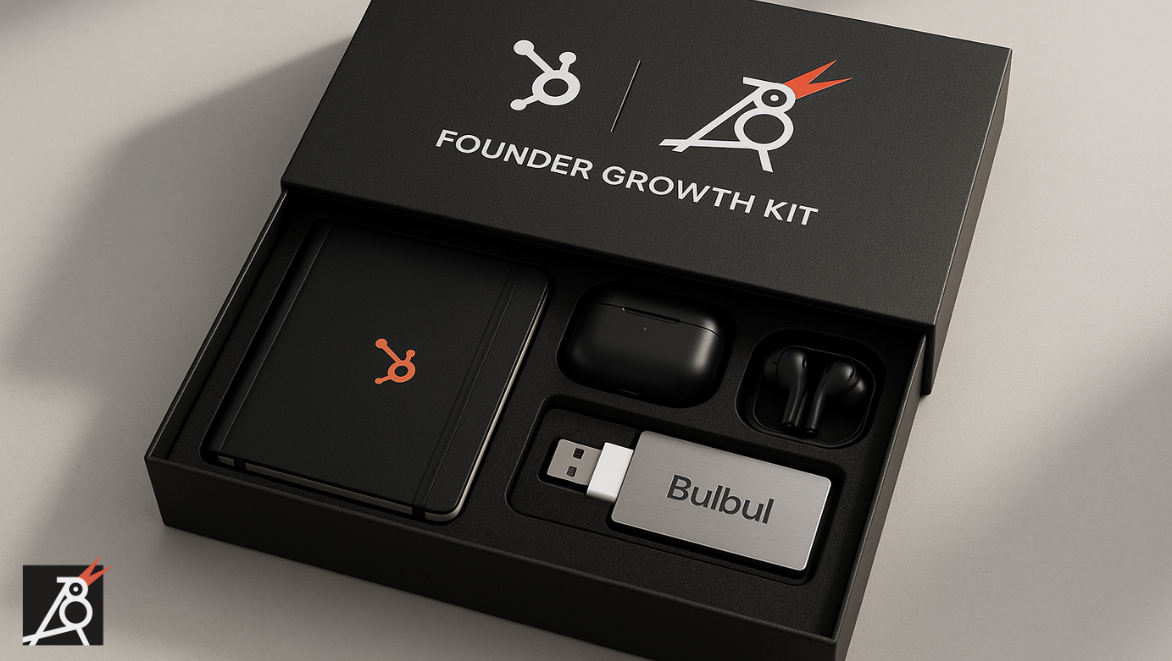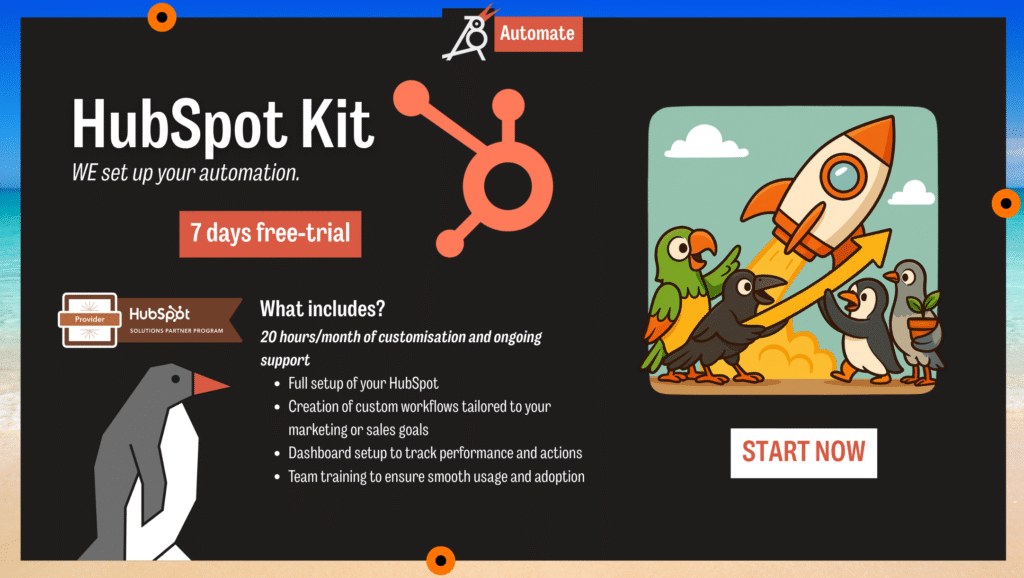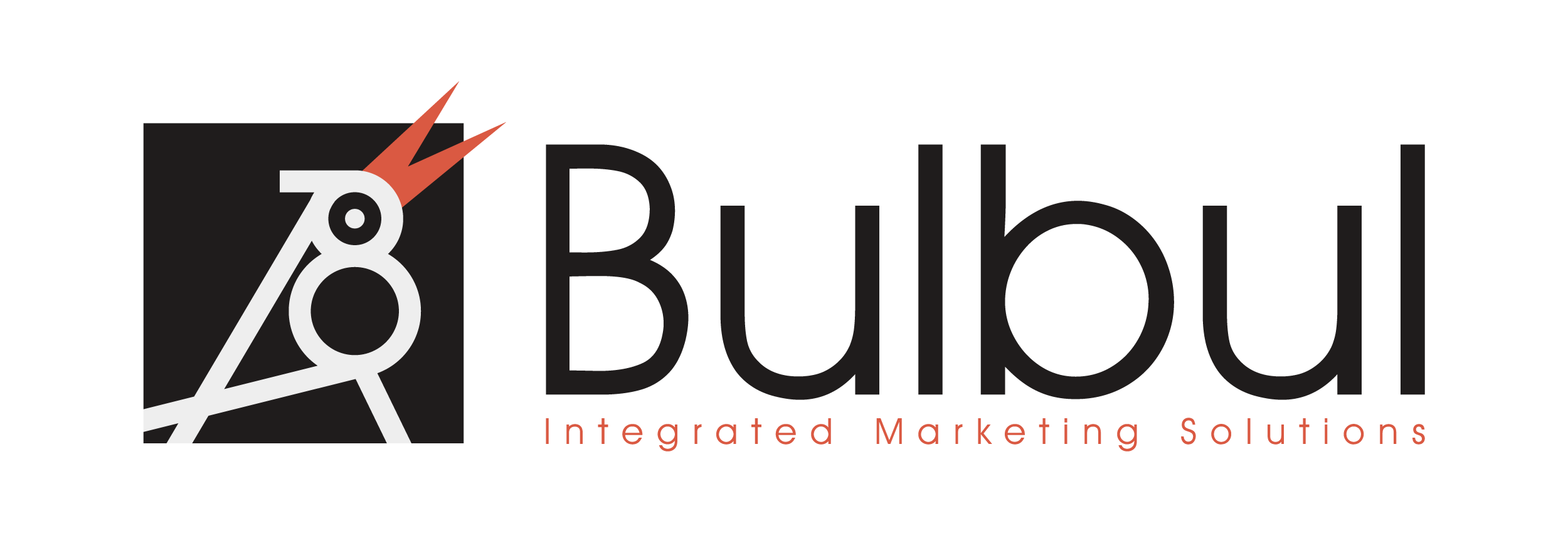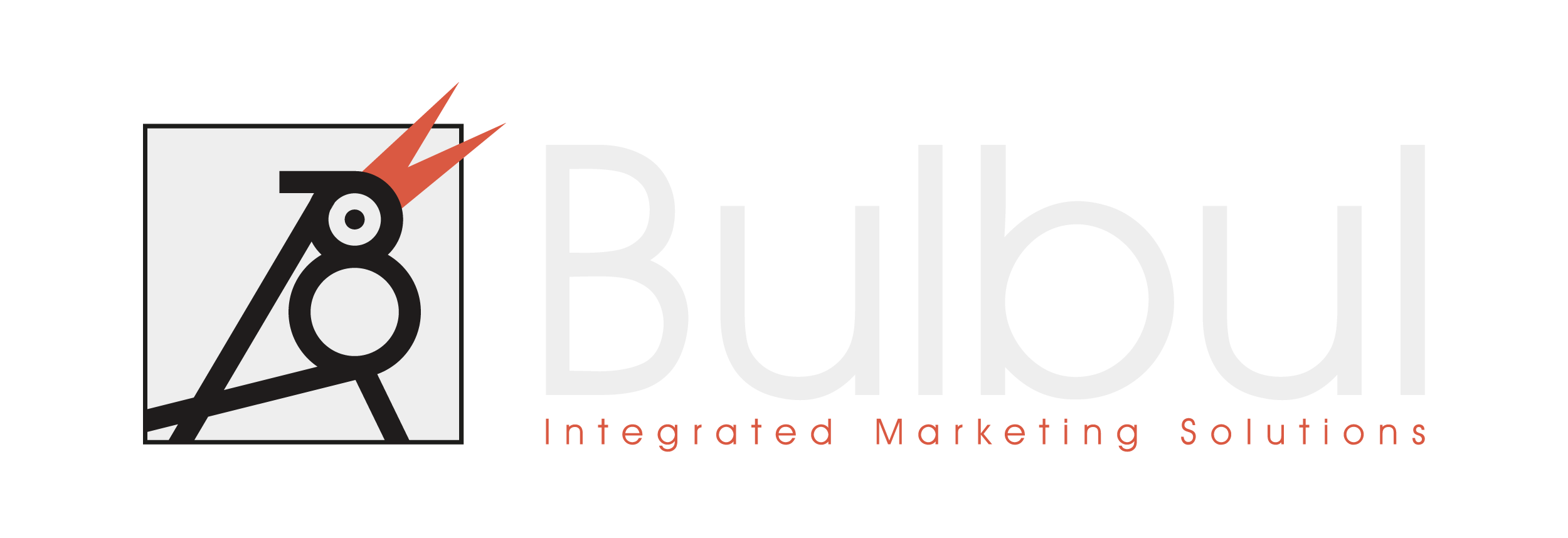How to Use HubSpot for Solo Founders: Scale Marketing Without a Full Team

When you’re building a startup solo or with a lean team, time and focus are your scarcest resources. You need traction, data, and structure — but without the overhead of managing complex tools or hiring a full marketing team. That’s where HubSpot for solo founders becomes a game-changer.
HubSpot gives solo founders the power to build and automate lead generation, email marketing, CRM, and reporting — all in one place. In this article, we’ll show you how to use HubSpot to scale your startup marketing efforts, automate sales touchpoints, and keep control of your growth without burning out.
Why Solo Founders Should Use HubSpot Early
As a solo founder, you wear every hat. You’re writing cold emails in the morning and pitching investors in the afternoon. Without a system, things slip. HubSpot helps you:
- Centralise customer data
- Automate lead follow-ups
- Track conversations and deal progress
- Launch basic campaigns without code
- Report results to stakeholders
It’s the perfect launchpad for startup CRM setup because it balances simplicity with depth — and scales with your needs.
Step 1: Start With Free Tools, Upgrade When You’re Ready
You don’t need to pay from day one. HubSpot’s free CRM includes:
- Contact management
- Email tracking
- Meeting scheduling
- Forms and live chat
- Deal pipelines
As you grow, you can add Marketing Hub, Sales Hub, or Operations Hub — but don’t rush. Focus on startup marketing foundations first: collect leads, nurture relationships, and understand where deals are getting stuck.
Step 2: Build Automation That Works While You Sleep
One of the biggest advantages of HubSpot for solo founders is automation. You can create workflows that do the repetitive tasks for you — without writing a single line of code.
Popular automations to set up:
- Welcome emails after sign-ups
- Lead scoring based on behaviour
- Reminders to follow up after X days
- Contact segmentation by source
- Instant Slack alerts for demo requests
This is the core of HubSpot automation for solo founders — freeing up time for high-leverage work like fundraising, product development, or customer interviews.
Step 3: Design a Startup CRM Setup You Can Actually Maintain
Don’t overcomplicate your CRM. The beauty of HubSpot lies in its clarity. Here’s how to create a clean, efficient startup CRM setup:
- Use simple lifecycle stages: lead → qualified lead → deal → customer
- Add custom properties sparingly
- Organise contacts by source and intent
- Create one main pipeline with clear stages
- Use tags or lists to track partnerships, investors, etc.
Keep it lean. Solo founders don’t need enterprise-level structure — just visibility and consistency.
Step 4: Launch a Lean but Effective Startup Marketing Engine
With your CRM set, you can start growing your audience. Even without a marketing hire, HubSpot allows you to run simple, high-impact startup marketing campaigns.
Quick wins to execute in your first month:
- Set up a lead magnet (PDF guide, waitlist, etc.)
- Add forms to your landing page
- Send a bi-weekly email update
- Post updates via HubSpot’s social scheduler
- Create an abandoned lead follow-up workflow
This isn’t about scale yet — it’s about motion and feedback. The more you automate and track, the faster you’ll learn what resonates.
Step 5: Use No-Code Tools for Startup Growth
You don’t need engineers to grow anymore. HubSpot integrates beautifully with other no-code tools for startup growth, such as:
- Webflow – design and publish landing pages
- Zapier – automate between apps like Airtable or Calendly
- Typeform – create interactive forms that feed directly into HubSpot
- Outseta or Stripe – sync payments and user data
- Notion – manage GTM content and strategy
With HubSpot at the centre, these tools form a lightweight growth stack that doesn’t require a dev team — perfect for a solo founder.
Step 6: Track What Matters, Not Everything
HubSpot’s reporting can get very deep. But early on, focus on 3–5 simple dashboards:
- Lead source performance
- Email engagement rates
- Conversion rates by stage
- Open deals this month
- Customer acquisition cost (CAC)
Solo founders can’t afford to drown in metrics. Instead, track only what drives better decisions — this is core to HubSpot for solo founders.
Bonus: The First 3 Workflows You Should Create
To wrap it up, here are 3 essential automations for solo founders:
- New Lead Welcome Sequence
→ Nurture new contacts automatically with 2–3 emails over a week. - Deal Follow-Up Reminder
→ If no action on a deal in 7 days, set a task reminder for yourself. - Subscriber to Customer Tracking
→ When a lead books a call or makes a payment, auto-update their stage.
These are low-effort, high-impact systems that work quietly in the background — giving you more hours in the day.
Final Thoughts
You don’t need a big team to run structured sales and marketing. With the right tools, mindset, and workflows, HubSpot for solo founders turns chaos into clarity. You’ll gain back hours each week, improve lead conversion, and build a repeatable growth machine — all without hiring.
Ready to Get Started with HubSpot?
Bulbul helps founders implement HubSpot from zero, fast and lean — no fluff, just results.


🤝 Bulbul is an official HubSpot Solutions Provider, strengthening our expertise in HubSpot automation for startups and fast-growing teams.



Comments are closed.